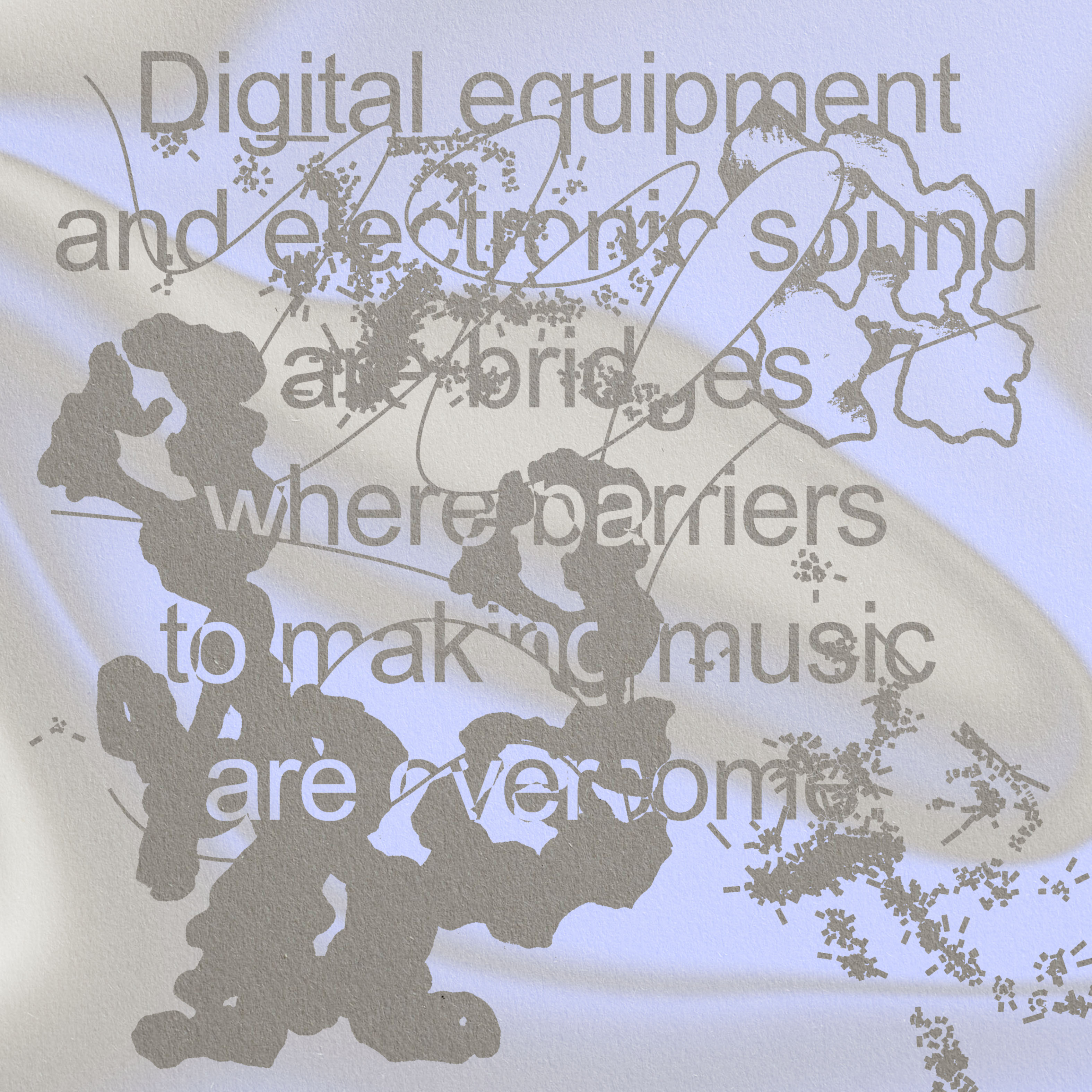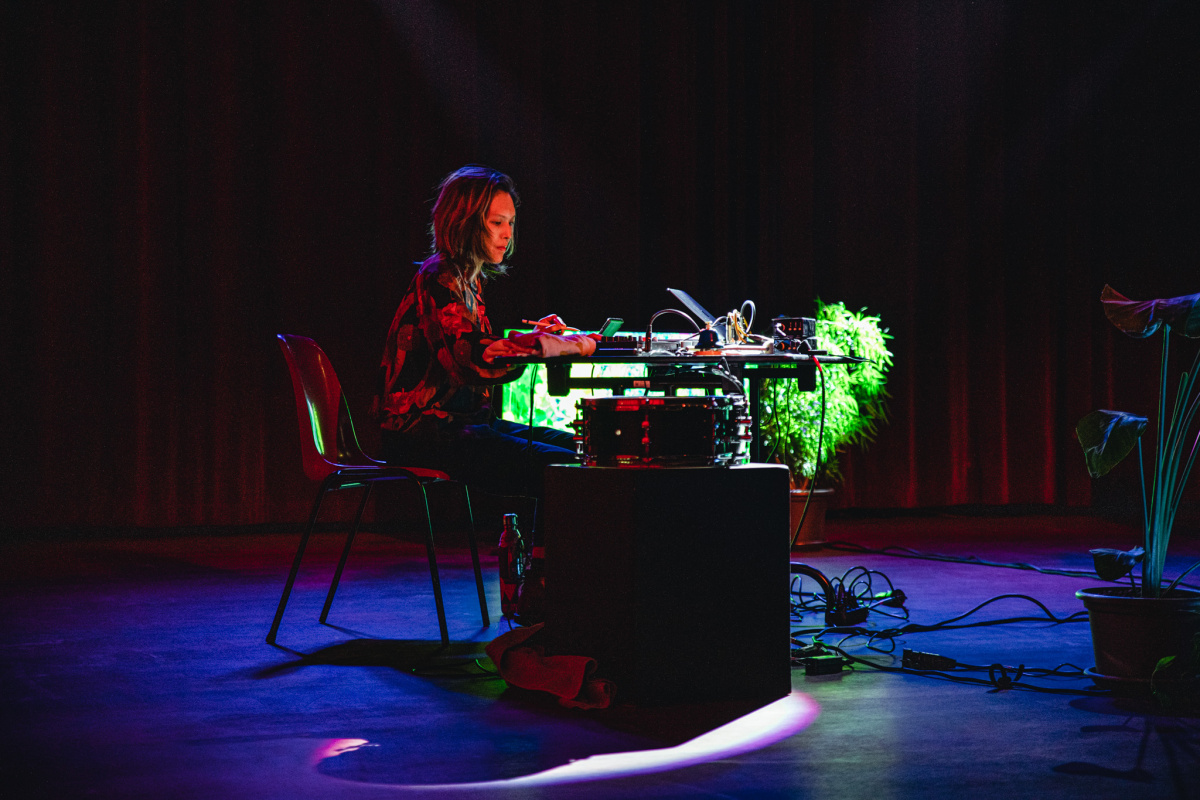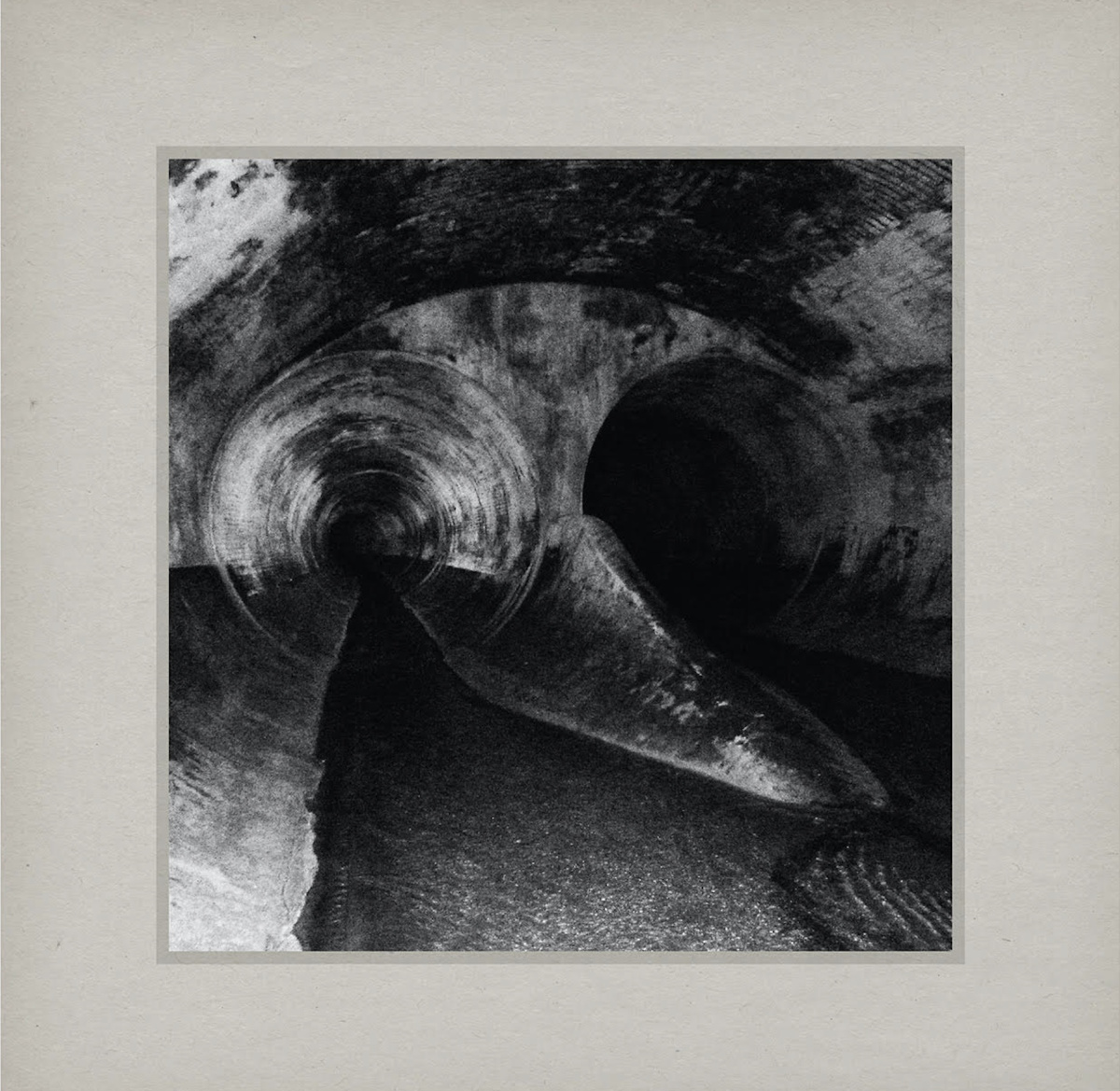
The Dance Floor Is My Office
Singeli is a genre of fast-paced electronic Tanzanian music born out of a fusion of taarab, bongo flava, and mchiriku music. In this essay, our author takes a closer look at Polish filmmaker Jan Moszumański’s film Singeli Movement: Greed for Speed and uses it as a starting point for a reflection on the genre’s grounding in the digital age and the dissonances embedded deep in its music.
The first time I listened to singeli music, I became nostalgic about a popular Kenyan practice called disco matanga (funeral disco). During night vigils and following burials, mourners break into song and dance either accompanied by musicians or any popular recorded dance music blaring from vibrating loudspeakers. Disco matangas are both embraced and reviled; at best they are positively cathartic and uplifting for those who grieve, but they can be sites of excess – drunkenness, lasciviousness, and misconduct. Singeli music has a unique tone and rhythm, but to me, singeli serves a similar function, marshaling dissonant performers and their audiences – all of them disenfranchised – to a place of connection and surprising harmony.
The dissonance in the sound of singeli music is striking. In the film, it is best articulated by producer Jay Mitta, who, discussing the relationship between performers and audience, says that as the music is played, «we both get crazy; me when playing, and you dancing». I experience singeli as a generation’s response to multiple ruptures.
This Show Is for All of You
A few minutes into Singeli Movement: Greed for Speed we meet MC Makaveli, proclaiming in Kiswahili to his audience at an open-air concert in Dar es Salaam, «this show is for all of you, it’s for all of us, the children of uswahilini neighborhoods. Singeli Movement will play singeli music. This is the place of singeli, from Mburahati to Manzese. The others are only copying us». His words ring true throughout this 60-minute documentary, delving into singeli’s roots, creators, and reception in Dar es Salaam, as examined through close-up encounters with artists, producers, and enthusiastic fans.
Artists like Anti Vairas, Memory Card, and Kadilida (card reader) have names that point to the necessary accoutrements of urban life; the little bits one hassles for to create this music, to make oneself legible and build a fanbase. These names also contextualize singeli’s grounding in a digital age unlike that of previous generations’ social and economic environments. Though singeli carries musical influences from the past, there are neither western nor local traditional instruments used directly in the music. Digital equipment and electronic sound are bridges where barriers to making music are overcome. In these musicians’ worlds, proximity to modern technology is a significant determinant of one’s ability to progress.
Singeli has emerged from the bare minimum; through Moszumański’s lens we see how singeli music is produced using well-worn keyboards, dated computer monitors, and rasping loudspeakers. A cameraman improvises a professional lighting umbrella with a shirt resting atop his head, gently wrapping the handheld camera to get the desired shot. Though these artists work under incredible resource constraints, these aren’t limitations; they are the sauce that catalyzes the resultant music and music videos.
Sites of Entertainment
Connections between singeli performers and their audiences can be tenuous. Even though singeli has been associated with uhuni1 and other negative anti-social behavior, the focus returns to the strong positive testimonials of the achievements singeli music has enabled. These musicians’ growing global appeal is one example. In the film, Nana, a dancer, expresses her frustration by saying, «people look down on dancers to a point that it hurts. They should respect me and the fact that this is a job like any other. For anyone who leaves their home and goes to work, the same goes to me… For me the dance floor is my office». Listening to Nana, I recognize the conflicts arising from the fact that her and other dancers’ bodies are sites of entertainment.
I imagine even now, as people move along the streets of Mburahati Dar es Salaam, Sisso and other studios are abuzz with continuous recording sessions, launching careers and churning out new songs. When dusk sets in, chirping crickets layer their sounds, easing the transition to nighttime and contrasting with the day’s up-tempo beats. I’m curious to see how this music evolves and how these streets will be changed as more of its creators find prominence in Tanzania and globally.
- 1. Swahili term that refers to aimlessness, hooliganism.
«Singeli Movement: Greed for Speed» has been officially selected for the 12th Norient Festival 2023 and celebrated its world premiere at the festival in Bern, Switzerland.
Biography
Published on January 04, 2023
Last updated on March 13, 2024
Topics
From hypersexualised dance culture in baile funk to the empowering body culture in queer lifestyles.
From breakdance in Baghdad, the rebel dance pantsula in South Africa to the role of intoxications in club music: Dance can be a form a self-expression or self-loosing.
Digitization means empowerment: for niche musicians, queer artists and native aliens that connect online to create safe spaces.
From the music format «78 rpm», the melancholic echoes of a dubbed out rave night in London, and parodic mockings of «perfect house wifes» by female Nigerian pop musicians.
Special
Snap


